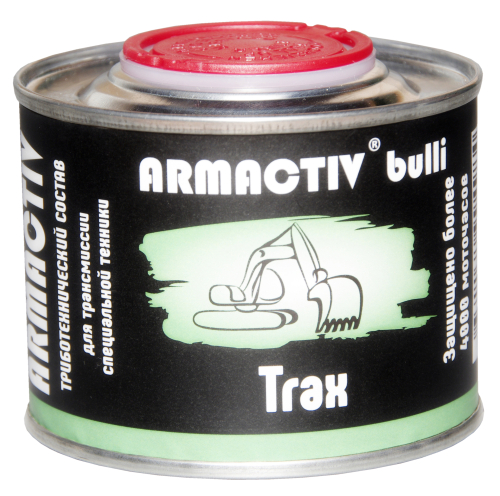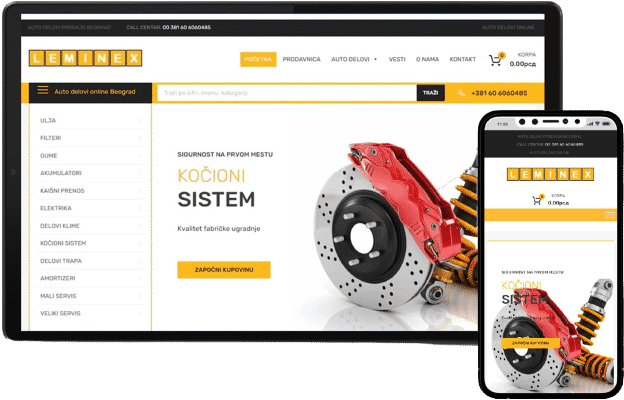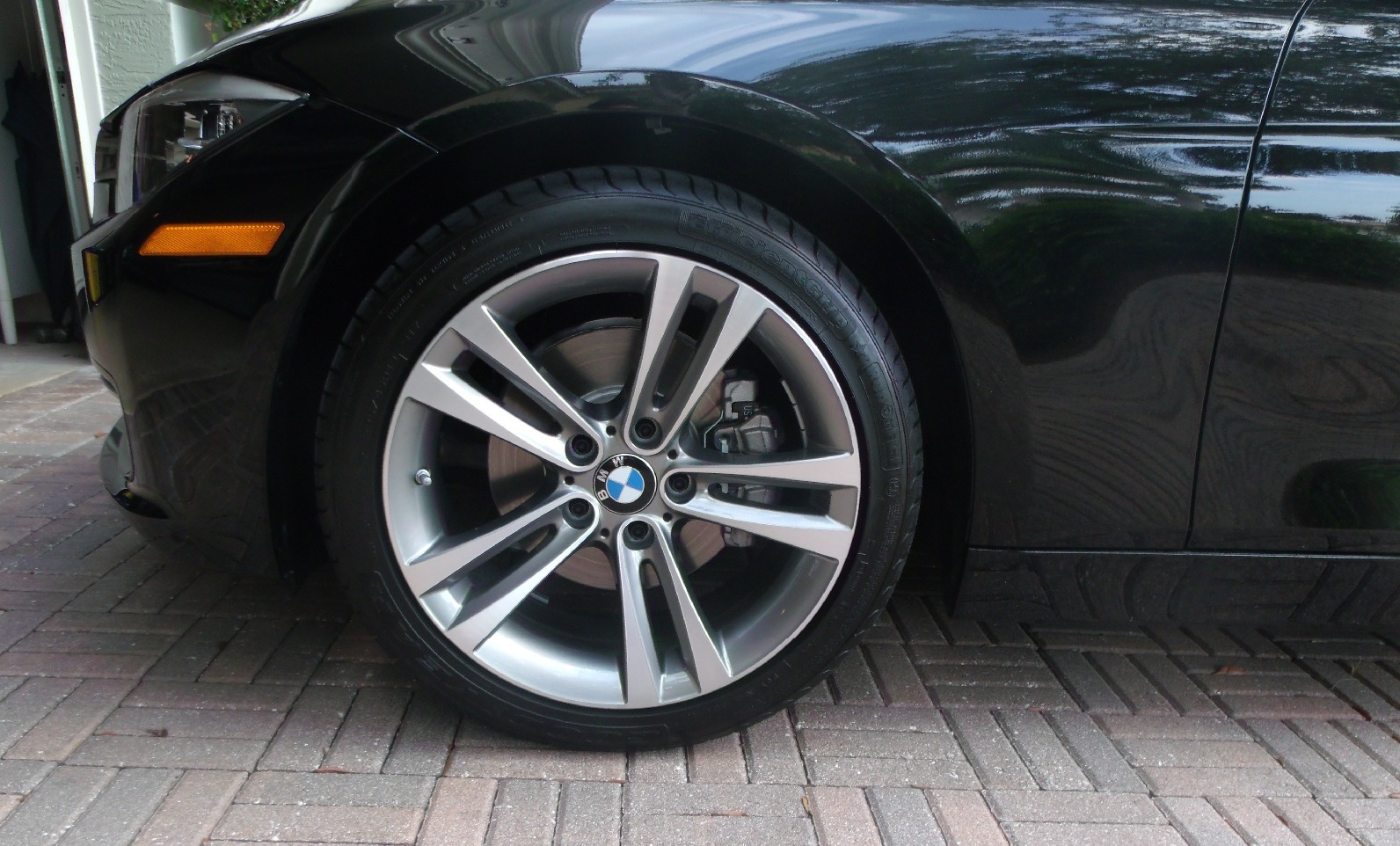100 000 MILES PROTECTION
ArmActiv® tribotechnical composition
Engine tribology research shifted cyclically during this period between the three major concerns. The concern to better control friction for improved fuel economy and maximizing power; the concern to control wear for increased durability and improved reliability; and the concern to minimizing harmful exhaust emissions by reducing oil consumption, combustion products and carbon dioxide.
Many of the interacting surfaces in an engine are poorly controlled dimensionally with respect to geometric tolerances and relatively rough in tribological terms such that the surface texture, principally waviness and roughness, can significantly influence hydrodynamic performance and cyclic stressing of the surfaces. In addition, the rheology of the lubricant is complex with high likelihood of piezo viscous and shear thinning behavior and the far more uncertain flow properties arising from degradation and contamination, for example the influence of soot in suspension. The amalgamation of complex rheology with real surface texture is a major challenge for the mathematical modelers.
Engine tribology has implications for overall engine performance beyond friction and wear and relies also on other aspects of system response. In the former category, poor tribological performance can manifest itself as unwanted engine noise, for example piston slap and crankshaft bearing rumble. Latterly, tribology is highly dependent on the detailed thermal behavior of the engine
The benefit of the action is that the engine and transmission producing industry in Europe, that is especially the automotive industry but also other sectors such as ship and rail industry, power plants and automated production, will be better prepared to meet the new challenges presented by changes taking place in our society and will be competitive on a global scale in the future. The aim is that European related industry will have a leading role when developing more sustainable solutions in transportation and industrial production.
The role of this research on sustainable development and its economical impact on the whole of society is well illustrated by the following statistics on oil consumption. The oil production in Europe was 325 million tons in 1998 which is 9,3 % of the world production and the European consumption was 760 million tons which is 22,4 % of the world consumption. Transportation stands for 57 % of the oil consumption and industry for 20 %. The crude oil resources available worldwide today is only the quantity required for some 50-100 years.
Automotive fuel consumption in West Europe is about 250 million tons per annum. An efficiency improvement of only 0,5 % would save some 1,2 million tons of fuel annually. For this reason the energy consumption originating from friction in the engine is of crucial importance and has a large impact on sustainable development.
The use of oils as lubricants is today a large waste of valuable natural raw material. Europe stands for 34 % of the world lubricant consumption and of that about 50 % is recycled. This means that some 2.5 million tons disappears into the environment every year. Even though some of the base oils are biodegradable, the presence of chemically active and toxic additives in the finished lubricants lowers their total compatibility with the ecosystem.
The user sees a well functioning tribological system as a high quality system, as it is predictable and efficient. The possibility to market and sell products is a very steep function of the perceived quality – price relationship. Well-designed tribological systems in a product can easily double its perceived quality (e.g. usable life) without increasing its manufacturing cost.




